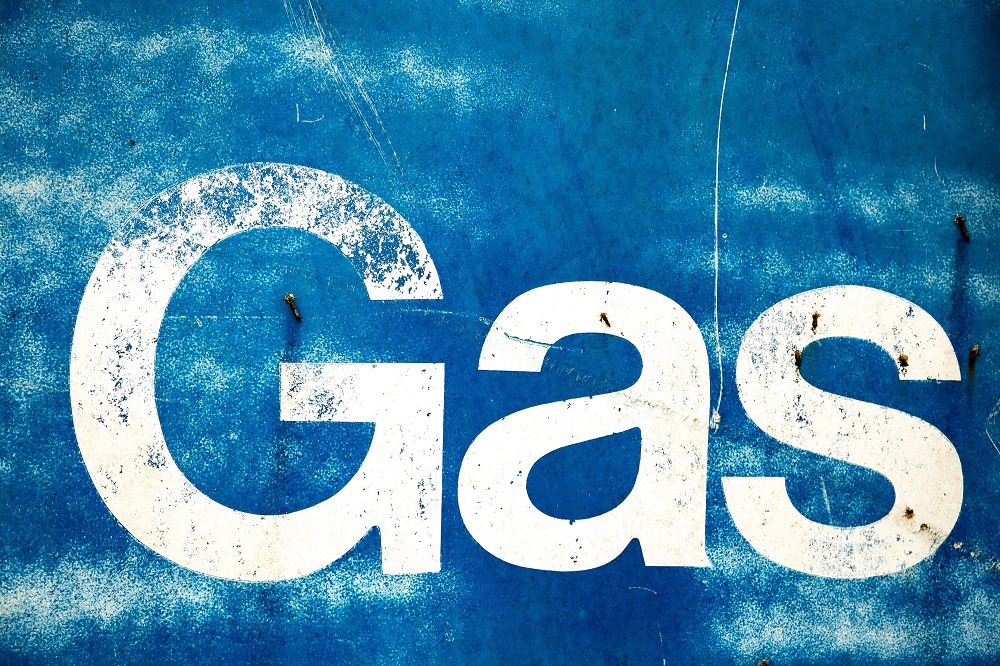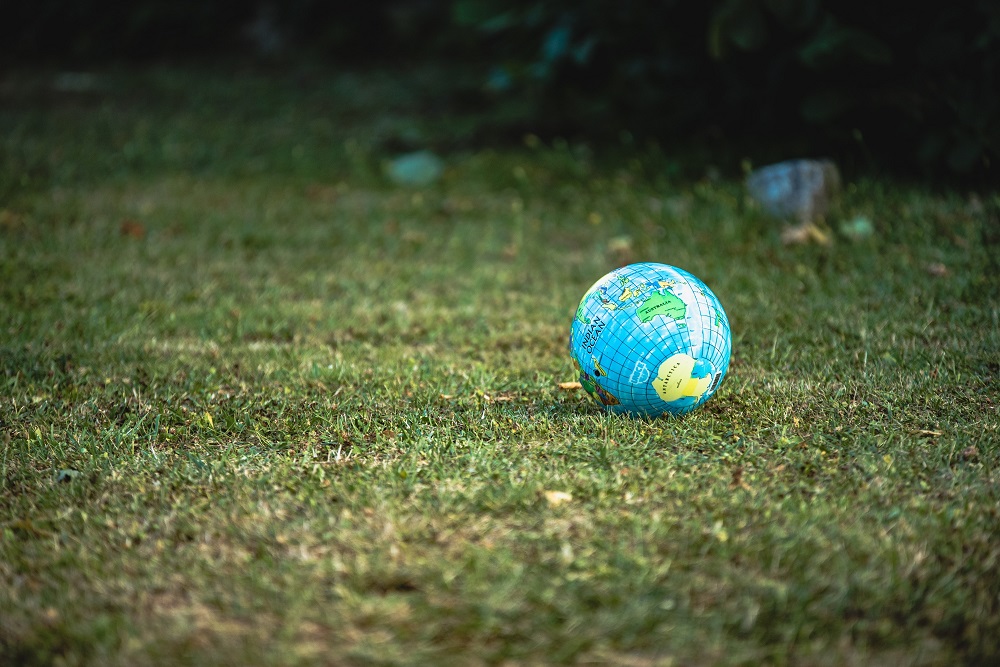Wherever there are communal or commercial buildings, there are property managers. With the recent growth of blocks of flats and office blocks being built, there has been a rise in demand for property management services. People that can look after the building, arrange its maintenance, understand all relevant legislation and in general keep everything ticking along in a timely manner. But property management isn’t without its challenges, and as a heating and air conditioning maintenance company we have seen our fair share of them.
Regular Maintenance
One of the main responsibilities of a property manager is to ensure that the fabric of the building is regularly inspected, maintain, and refreshed to the standards set out in their lease agreement. If they do nothing else, they still need to do this. The easiest way to manage this fairly large responsibility is to set up a maintenance schedule, which can help ensure the building meets the current regulations and any problems are picked up right away. This means property managers need to build a network of professional maintenance contacts who can inspect and carry out work on the different areas of their building to a high standard– including heating and ventilation. Some of the issues around maintenance that often plague property managers include:
- Work not being properly
- Poor work leading to residents refusing to pay
- Financial issues
- Missed maintenance issues leading to more expensive repairs
Communication Consistency
This is something we see a lot of issues with, since we work closely with property and block managers. It’s a sad truth that staff turnover is incredibly high among property managers (after all it is a stressful job), which makes it challenging for them to keep up with the maintenance needs of the building, and understand who’s doing what work. At Bonus Eventus Maintenance Ltd we will sometimes work with four or five different property managers over the course of a single year, and in many cases there has not been any real handover done between them. This often means that vital information is missing, property managers don’t know what issues their buildings have, what work has been done and more importantly what work needs to be done in the future. This often results is us having to re-send every single email, quote and piece of paperwork to the new property manager every time there is a switch, which is frustrating for us and the manager. It can also cause issues, as if the property manager doesn’t have the right information they may miss critical repairs or maintenance that could mean their residents don’t have heating or hot water over the cold months.
Service Charges
It’s no surprise that money comes in as one of the bigger challenges for property managers. In particular, ensuring they have budget and permission for maintenance work. A good property manager should always have a good understanding of how the leave for the building they’re managing works, and how it requires any maintenance charges to be raised. Obviously the maintenance charge arrangements need to satisfy any current property management legislation, including the requirement that there must be accounting procedures in place in order to provide leaseholders with final accounts and annual statutory summaries. This is on top of their responsibility to protect any leaseholder funds in a separate client account for management and maintenance, in accordance with the specifics of the lease. All of this can be a complex process, but a necessary one to ensure essential maintenance work can take place.
At Bonus Eventus Maintenance, we know that property managers have a lot on their plates, and it’s not always easy to stay on top of it all. Our number one priority is the safety and security of the people living and working in those buildings, which is why we work closely with property managers to create a regular maintenance schedule that works for them. We support them in making handovers simple and easy, and minimise expense by carrying out regular maintenance rather than the odd emergency repair (which is always more expensive. If you would like to know more, just get in touch with the team today.








